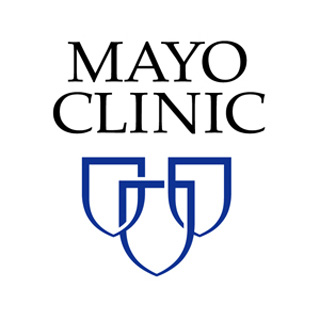Eating With Eosinophilic Esophagitis (EoE)
| Status: | Recruiting |
|---|---|
| Healthy: | No |
| Age Range: | 18 - Any |
| Updated: | 8/17/2018 |
| Start Date: | May 24, 2018 |
| End Date: | August 2019 |
Eating Behavior in Patients With Eosinophilic Esophagitis.
Is there a difference in the eating process for patients with active Eosinophilic Esophagitis
(EoE) and those with inactive disease?
(EoE) and those with inactive disease?
Eosinophilic esophagitis (EoE) patients develop adapted eating behaviors to prevent symptoms.
These patients tend to cut their food small, chew extensively, take copious liquids with
meals, and avoid foods that cause symptoms. No studies to date have directly evaluated these
eating behaviors in patients with EoE with observation. Furthermore, none of the
investigators' current metrics for patient symptom assessment visually evaluate the eating
process nor are they compared before and after treatment. As a result, it is unclear if a
patient's subjective perception of their eating difficulties and improvement matches with
objective measures.
These patients tend to cut their food small, chew extensively, take copious liquids with
meals, and avoid foods that cause symptoms. No studies to date have directly evaluated these
eating behaviors in patients with EoE with observation. Furthermore, none of the
investigators' current metrics for patient symptom assessment visually evaluate the eating
process nor are they compared before and after treatment. As a result, it is unclear if a
patient's subjective perception of their eating difficulties and improvement matches with
objective measures.
Inclusion Criteria:
- 18 years of age and older
- Patients suspected to have Eosinophilic Esophagitis
- Patients being treated for EoE with PPI or a steriod
- EoE patients that are in remission by having less than 22 on the EEsAI questionnaire
- Controls, patients that do not have EoE or other swallowing issues
Exclusion Criteria:
- Clinical evidence of infectious process potentially contributing to dysphagia
(candidiasis, CMV,herpes)
- Other cause of dysphagia identified at endoscopy (reflux esophagitis, stricture, web,
ring, achalasia, esophageal neoplasm)
- EoE patients that do not eat sandwiches or feel they could not eat a sandwich.
We found this trial at
1
site
200 First Street SW
Rochester, Minnesota 55905
Rochester, Minnesota 55905
507-284-2511

Phone: 507-538-0367
Mayo Clinic Rochester Mayo Clinic is a nonprofit worldwide leader in medical care, research and...
Click here to add this to my saved trials